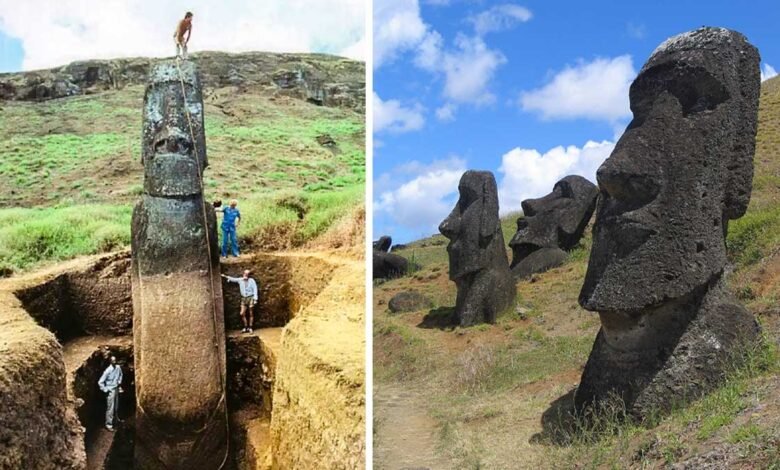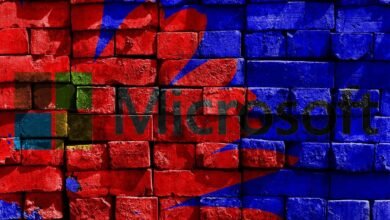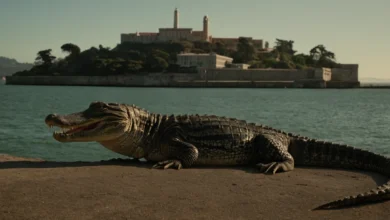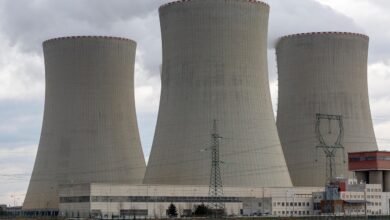
Unlocking the Enigma: Easter Island’s Unyielding Secrets
Nestled in the vast expanse of the South Pacific Ocean lies Easter Island, a captivating landmass encompassing 64 square miles. This island, one of Earth’s most remote, boasts a captivating history and an enigmatic aura that continues to captivate explorers and scholars alike. Known as Rapa Nui to its earliest inhabitants, this island lies 2,300 miles west of Chile’s coast and 2,500 miles east of Tahiti, rendering it an isolated paradise shrouded in mystery.
A Glimpse into the Past: Early Inhabitants and Exploration
In 1722, Dutch explorers made their initial foray onto this secluded isle, met with the warm embrace of the Rapa Nui people. However, a perplexing turn of events soon unfolded: the population dwindled and eventually vanished after encounters with these explorers. Today, the island remains devoid of its original inhabitants, yet it beckons curious tourists seeking an unconventional and intriguing vacation. Chile, having gained control in the 19th century, now promotes tourism to this mystifying location.

The French expedition commanded by the sailor Jean-François Galaup, count of La Pérouse,
which arrived on the island on April 9, 1786 Image source
The Enigmatic Monoliths: Moai and their Mysterious Purpose
Easter Island’s most iconic claim to fame lies in its nearly 900 colossal stone sculptures, the Moai, standing as silent sentinels against the passage of time. These intricate creations, dating back centuries, evoke both awe and bewilderment. Carved from solidified volcanic ash, these statues vary in size and grandeur, with some towering up to 10 meters and weighing a staggering 250 tons.

They were able to move a 10 feet tall, 5-ton heavy replica of the moai merely by
using some strong ropes. Image source
While the mainstream historical narrative attempts to unravel their purpose, mysteries linger. Scholars have grappled with deciphering the enigma of the Moai, ranging from their origin and construction techniques to their symbolic significance. Were these imposing figures representations of ancestors or deities, acting as beacons for the heavens?

An unfinished Moai Image source
Uncovering Ancient Ingenuity: Construction and Movement
The process of crafting the Moai involved meticulous precision, with stone tools employed to carve the relatively malleable volcanic Tuff. Moreover, a distinct division emerges in the construction methods, with some Moai hewn from the challenging basalt, a testament to advanced ancient sculpting techniques.
The transportation of these monolithic marvels has also stirred fascination. Experiments suggest that the Rapa Nui people might have used ingenious methods involving wooden sleds, ropes, and rollers to move these massive statues with minimal labor. The statues, gazing skyward, could be indicative of an ancient cosmological event, as theorized by Anthony L. Peratt, reflecting a shared solar event etched in the Rongorongo script, a hieroglyphic-like language that remains cryptic.

Avareipua (Female Moai) Image source
Decline and Resilience: Unraveling the Island’s Fate
Easter Island’s history is tinged with both decline and resilience. Overexploitation of resources, particularly deforestation for the transport of Moai, culminated in ecological degradation and challenges in sustenance. The population dwindled, and with the advent of European exploration, disease and enslavement further decimated the local populace.

Moai carved out from hard Basaltic rock
Contemplating the Depths of History: Easter Island’s True Narrative
Amidst these tales of collapse and survival, an intriguing proposition surfaces—that Easter Island’s history reaches back even further than conventionally believed. The presence of ancient stone structures and the possibility of a connection with pre-Inca civilizations evoke a tapestry of human history interwoven with mystery.

Easter Island Today: A Reflection and Inspiration
As Easter Island stands as a testament to human achievements and pitfalls, it serves as a poignant reminder for contemporary society. The overexploitation of resources and ecological fragility that led to the island’s decline resonate with modern concerns. Exploring this enigmatic land offers an opportunity to contemplate our shared past and glean insights for a sustainable future.

Older civilization than the Easter Islands have similar hand positions prove one thing that the
statutes belong to the same era Image source
In the grand tapestry of human civilization, Easter Island remains a fascinating chapter, challenging us to explore its depths and rewrite its narrative. As researchers and scholars continue to peel back layers of history, one can’t help but wonder if Easter Island will someday unveil its enduring mysteries, reshaping our understanding of the past and reshaping the trajectory of human knowledge.






Thanks for sharing. I read many of your blog posts, cool, your blog is very good.
Can you be more specific about the content of your article? After reading it, I still have some doubts. Hope you can help me.